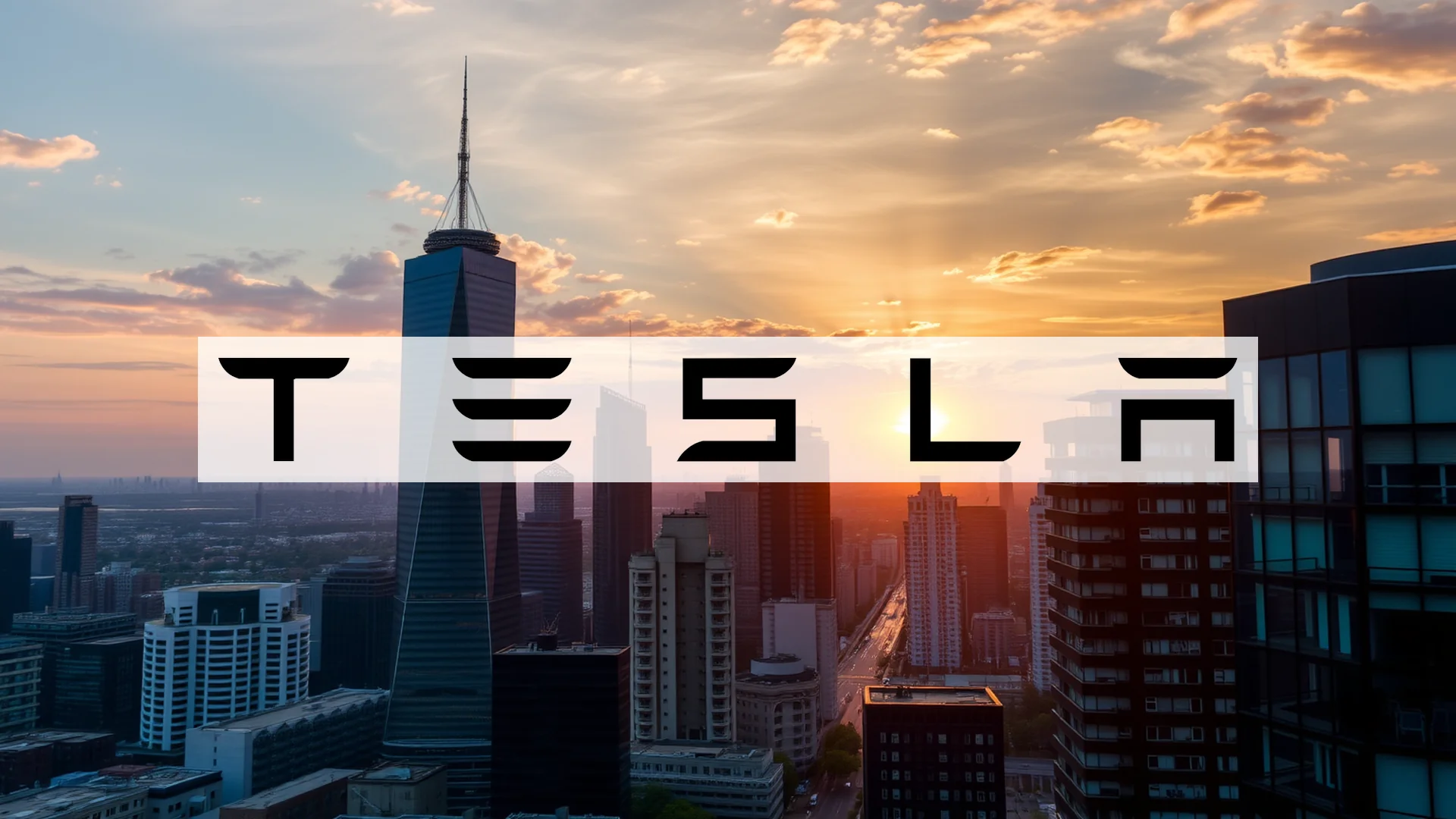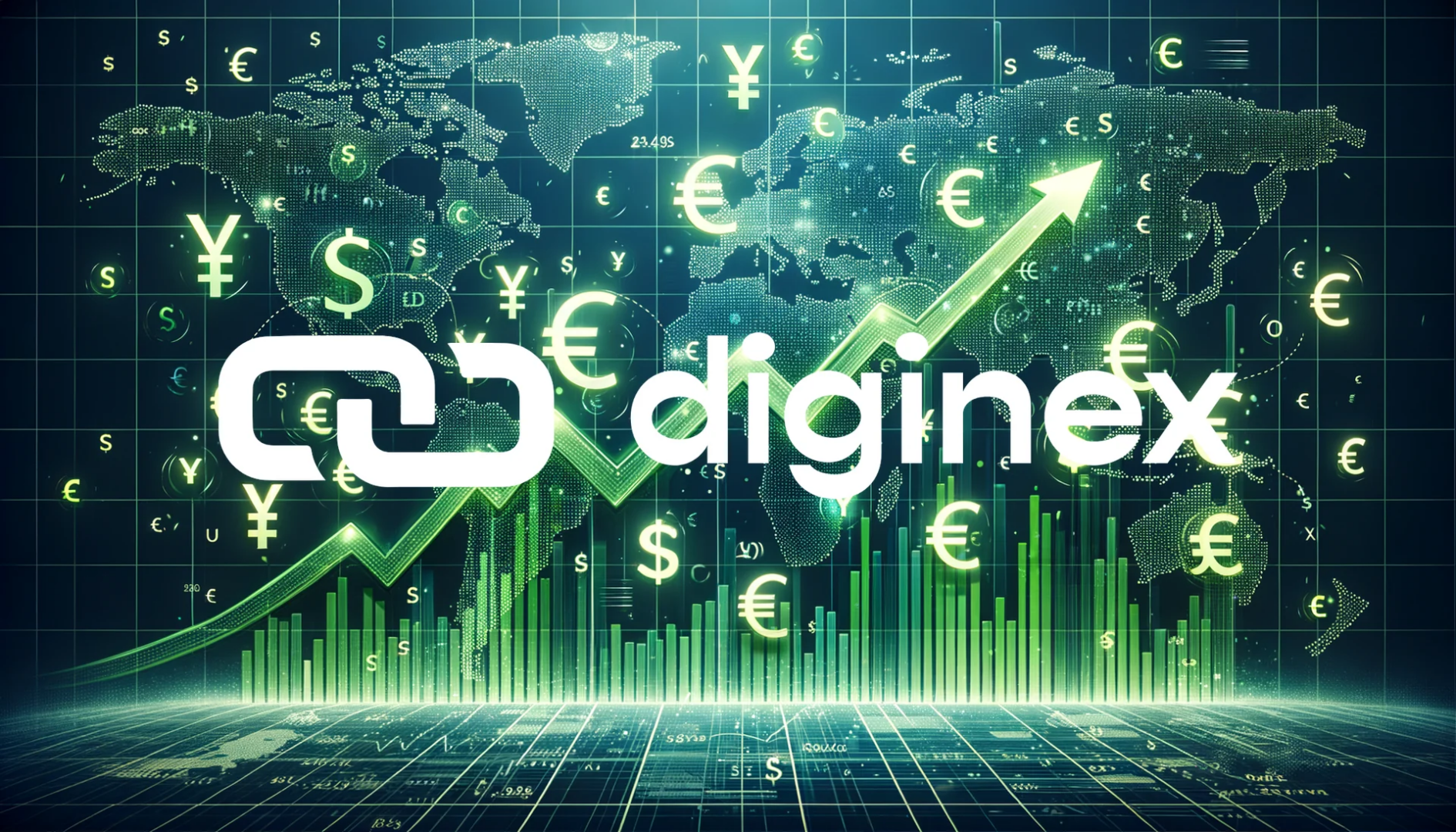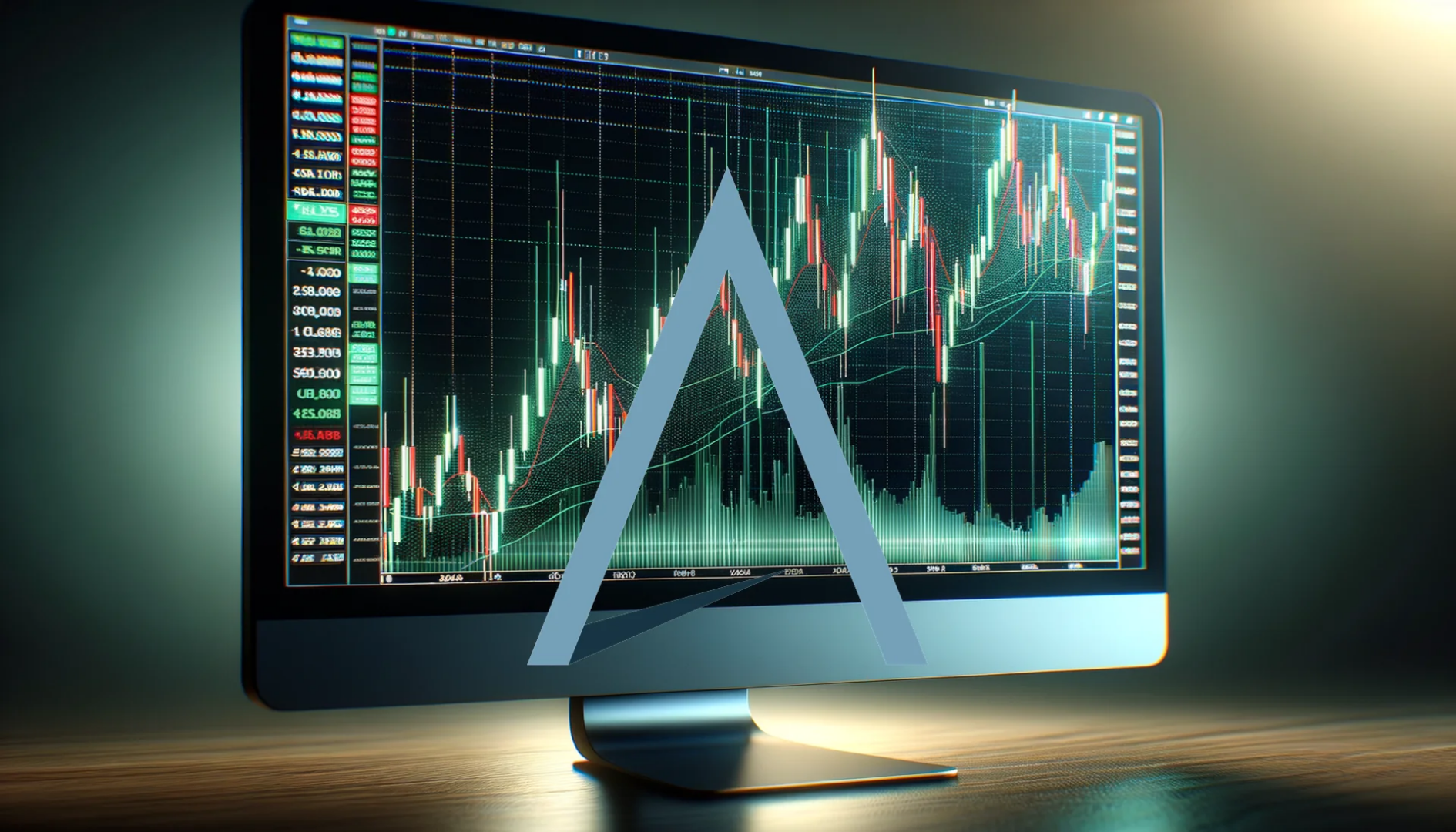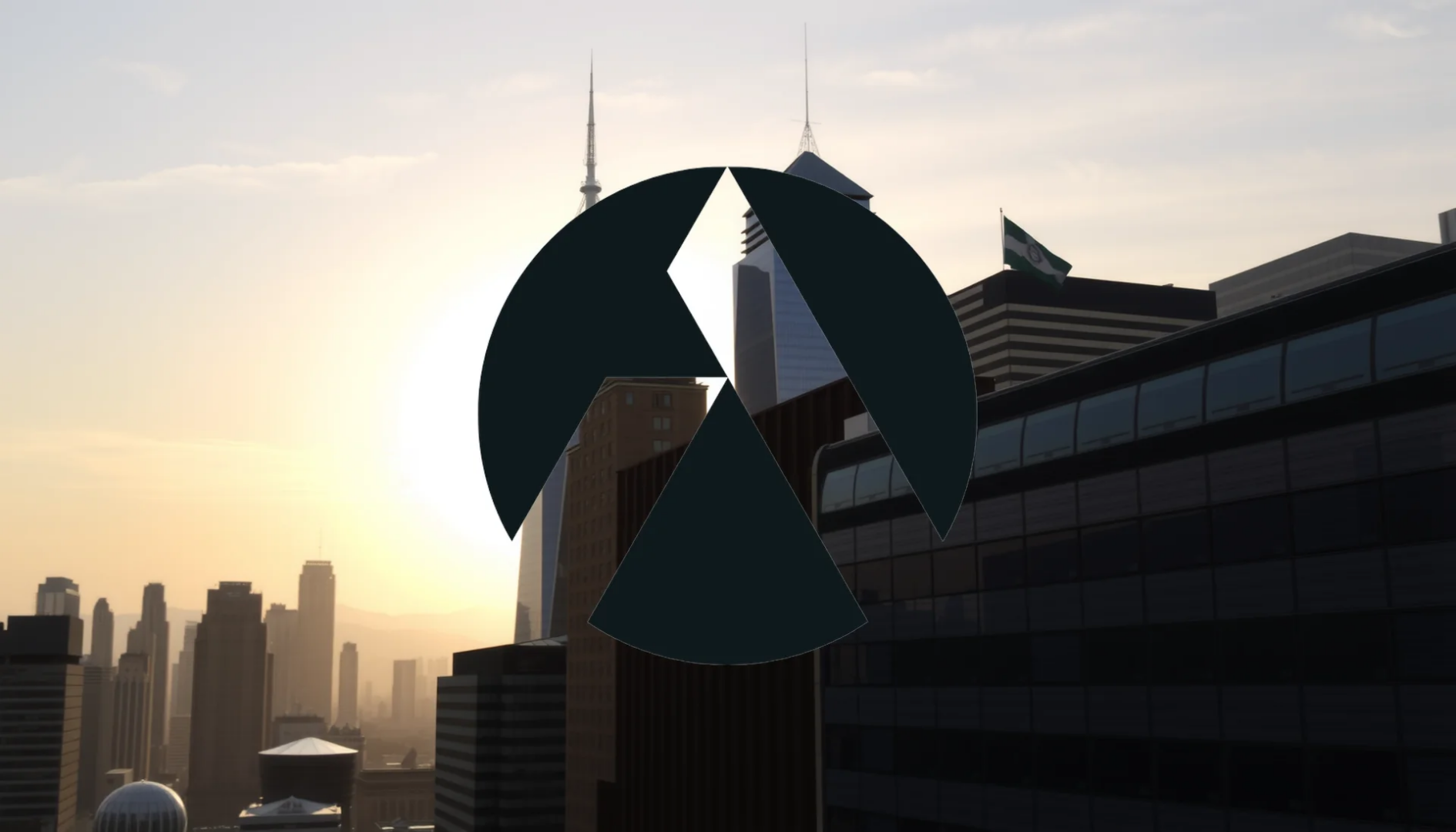Tesla continues to challenge investor confidence as the electric vehicle maker reported its fourth consecutive quarter of earnings disappointment. Despite achieving record-breaking revenue and unprecedented delivery figures, profitability experienced a severe contraction. The core dilemma facing shareholders is whether CEO Elon Musk’s aggressive investments in artificial intelligence and autonomous taxi services are coming at the expense of the company’s current financial health.
Financial Performance Reveals Concerning Trends
The third quarter of 2025 saw Tesla’s adjusted earnings per share fall to just $0.50, missing analyst projections of $0.54. Net income witnessed a dramatic 37% decline to $1.37 billion, while operating expenses surged by 50% compared to the same period last year.
Tesla’s strategic decision to implement aggressive price reductions across its vehicle lineup, combined with substantial capital allocation toward AI development, has significantly compressed profit margins. This calculated approach aims to enhance vehicle affordability for broader consumer adoption, though it presents considerable risk in an increasingly competitive automotive landscape.
Contrasting the profit weakness, the company delivered an impressive revenue performance with $28.10 billion in quarterly sales. This result exceeded expectations by 6.6% and represented a 12% year-over-year increase.
Operational Metrics Paint Mixed Picture
Vehicle deliveries reached a new quarterly record of 497,099 units, demonstrating sustained consumer demand for Tesla’s products. However, production volume declined by 5% during the same period, raising questions about manufacturing efficiency and capacity utilization.
Should investors sell immediately? Or is it worth buying Tesla?
The company faced additional headwinds from a 44% reduction in regulatory credit revenue, which fell to $417 million. These emissions credit sales to other manufacturers represent a diminishing income stream as competitors develop their own electric vehicle capabilities.
On a positive note, Tesla’s energy storage division emerged as a bright spot, generating record revenue of $3.42 billion—a 44% increase that now constitutes 12% of total company revenue.
Strategic Direction and Future Challenges
Tesla’s future roadmap centers heavily on autonomous vehicle technology, with plans to commence production of the Cybercab robotaxi in 2026. The company aims to launch its robotaxi service across eight to ten major metropolitan areas and intends to eliminate human safety drivers from its Austin operations by the end of 2025.
External factors present additional challenges, including the potential expiration of electric vehicle tax credits under the Trump administration and approximately $400 million in tariff-related expenses. These developments compound investor concerns about whether Tesla can successfully execute its ambitious long-term vision without completely sacrificing near-term profitability.
Ad
Tesla Stock: Buy or Sell?! New Tesla Analysis from December 12 delivers the answer:
The latest Tesla figures speak for themselves: Urgent action needed for Tesla investors. Is it worth buying or should you sell? Find out what to do now in the current free analysis from December 12.
Tesla: Buy or sell? Read more here...











